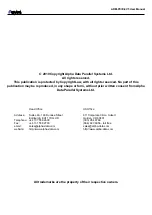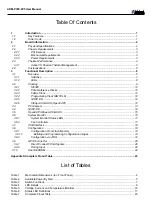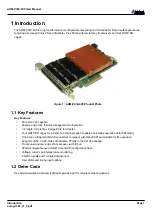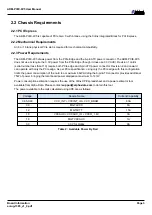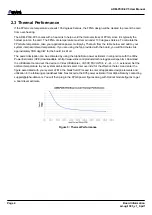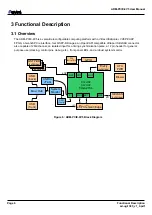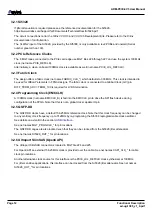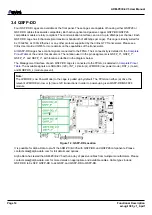
ADM-PCIE-9V5 User Manual
2.3 Thermal Performance
If the FPGA core temperature exceeds 105 degrees Celsius, the FPGA design will be cleared to prevent the card
from over-heating.
The ADM-PCIE-9V5 comes with a heat sink to help avoid thermal overstress of FPGA, since it is typically the
hottest point on the card. The FPGA die temperature must remain under 100 degrees Celsius. To calculate the
FPGA die temperature, take your application power, multiply by Theta JA from the table below, and add to your
system internal ambient temperature. If you are using the fan provided with the board, you will find theta JA is
approximately TBD degC/W for the board in still air.
The power dissipation can be estimated by using the Alpha Data power estimator in conjunction with the Xilinx
Power Estimator (XPE) downloadable at http://www.xilinx.com/products/technology/power/xpe.html. Download
the UltraScale tool and set the device to Virtex Ult, VU33P, FSVH2104, -2, -2L, or -3, extended. Set the
ambient temperature to your system ambient and select 'user override' for the effective theta JA and enter the
figure associated with your system LFM in the blank field. Proceed to enter all applicable design elements and
utilization in the following spreadsheet tabs. Next acquire the 9V5 power estimator from Alpha Data by contacting
[email protected]. You will then plug in the FPGA power figures along with Optical module figures to get
a board level estimate.
Figure 3 : Thermal Performance
Page 4
Board Information
ad-ug-1385_v1_0.pdf


